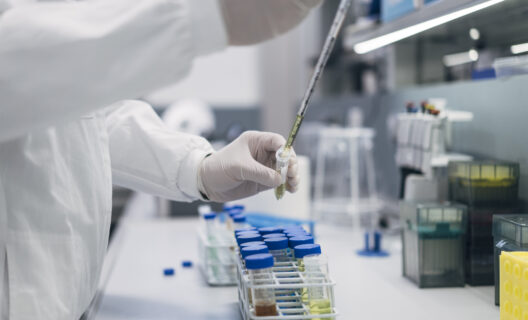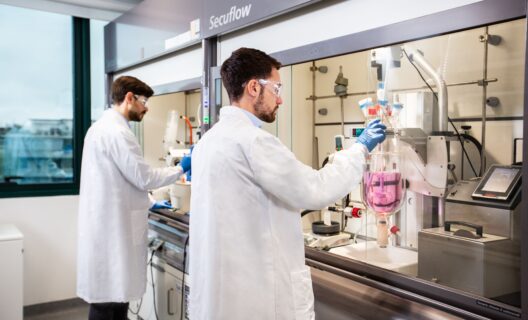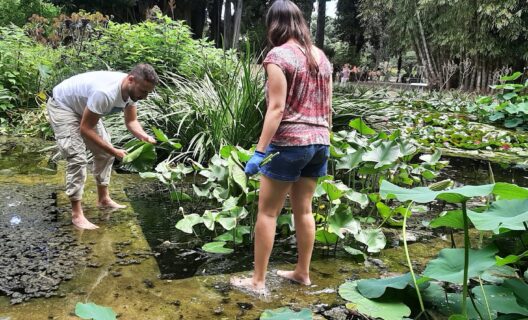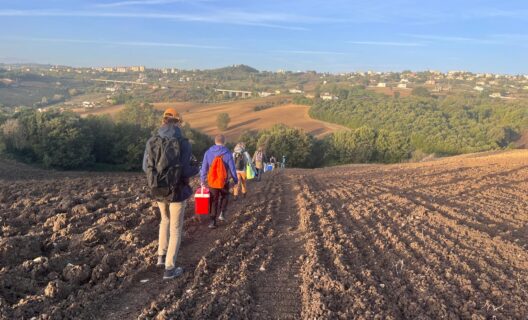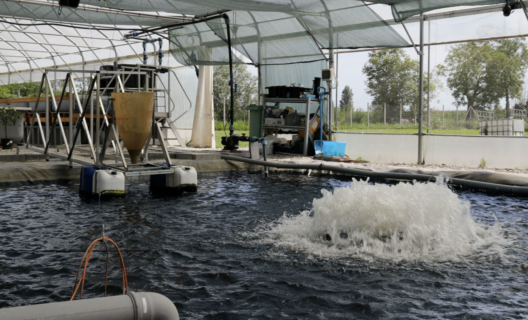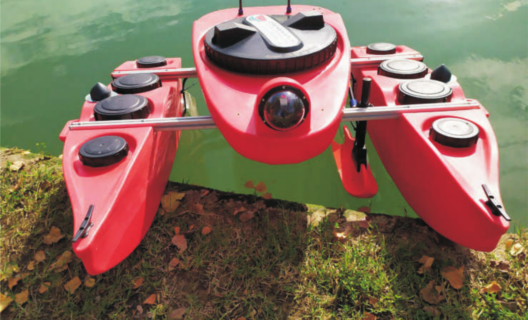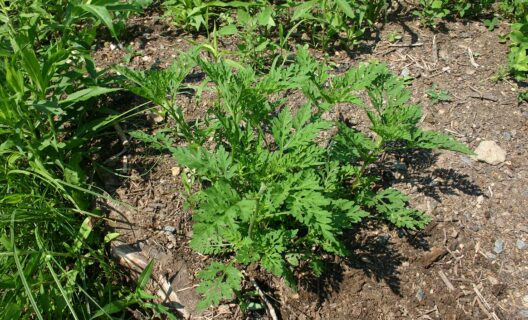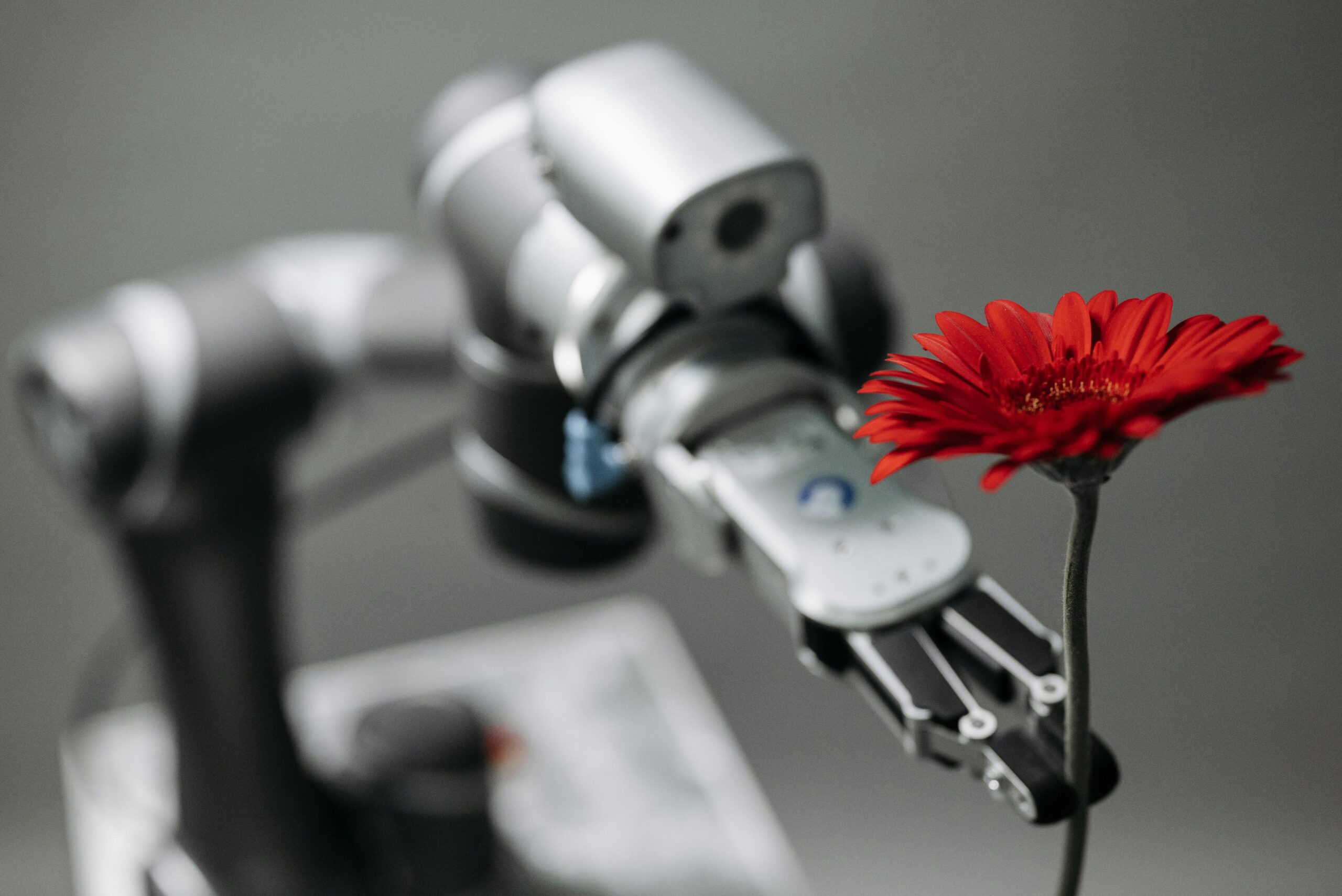

Reading time
0 min
Stefano Denicolai tells how biodiversity and innovation can generate new value for businesses and the environment
Stefano Denicolai is full professor of Economics and Business Management at the University of Pavia and president of the ITIR research center. His work focuses on innovation management, or the study of how companies can manage disruptive change effectively. As part of the National Biodiversity Future Center (NBFC), Professor Denicolai works to explore the connections between biodiversity, economic development , and new jobs, trying to understand if and how it is possible to combine respect for the environment and business growth.

""
Professor, what is your role in the NBFC project?
“I am a full professor of business economics and management, with a focus on innovation management. I also direct ITIR, a research center with 81 researchers that deals with the peculiarities of business transformation processes in our time. Within the NBFC project, with my group, we focus on two main dimensions: on the one hand, to understand what business models may develop around the issue of biodiversity; on the other hand, to study what new professional figures will be needed in companies to deal with this transition.”
""
The meaning of innovation
What does it mean in your field to “innovate”?
“To innovate is to introduce something new that creates value. It is not enough to have a creative idea: if it is not useful, does not solve problems, is not used, it is not innovation. It can be a nice invention, but innovation always implies real impact, which means creation of economic value, but also social and environmental value.”
""
How do you innovate through biodiversity?
“A paradigm shift is needed. Too often we associate sustainability with sacrifice, as if doing something good for the environment means making less money or offering a worse product/service. Instead, true innovation combines environmental benefit and economic advantage. An example? Imagine yogurt in a biocompatible container that costs less, stores better, and does not pollute. It seems impossible, but that is what innovation does: it makes possible what was not possible before.”
""
Biodiversity: a lever for innovation
So can biodiversity become a lever for innovation?
“That’s right: an extraordinary lever for innovation. In the most interesting cases, biodiversity is precisely that lever that enables the “magic”: doing good for the environment and generating business at the same time. We see this especially with some Italian startups, such as 3Bee and Abit Agritech. 3Bee is an agri-tech company that focuses on safeguarding bees and protecting ecosystems, with a model that generates environmental and economic value. Abit Agritech analyzes soil samples focusing on the biodiversity within them and, through algorithms, correlates the results with weather and satellite data to assign a soil quality class and biodiversity index to that particular farm. In both cases, the idea is that protecting biodiversity is not a cost, but a smart choice even from an economic point of view. These cases show that it can be done.”
""
What are the biggest challenges?
“The first challenge is cultural and “vision”: we need to overcome the false myth that sustainability and profit are alternatives to each other. The second is educational: we need new professional figures. For example, the Chief Nature Officer, that is, the person in the company who is in charge of biodiversity.”
""
The concept of One Diversity
Another concept, inspired by the concept of One Health, is that of “One Diversity.” What does it mean?
“The idea stems from a reflection on innovation: to truly innovate you need diverse teams with different experiences and skills. This also applies to urban contexts, which are natural incubators of change. We have long known that the cities that are most inclusive and open to social diversity are also the most innovative. And now we are studying whether natural biodiversity also contributes in the same way-it would seem so. Hence the concept of One Diversity: urban places where social and natural diversity meet, generate mutual synergies and produce innovation.”
""
What do you expect from the results of your research?
“We would like to come up with a clear profile of the Chief Nature Officer, with concrete guidelines for companies and administrations. In addition, we want to show that the concept of One Diversity has a solid basis, collecting data that demonstrate the link between biodiversity (natural and social) and innovativeness. And if the data confirms this, we will offer useful tools for those who plan cities or lead businesses.”
Protagonists of the interview
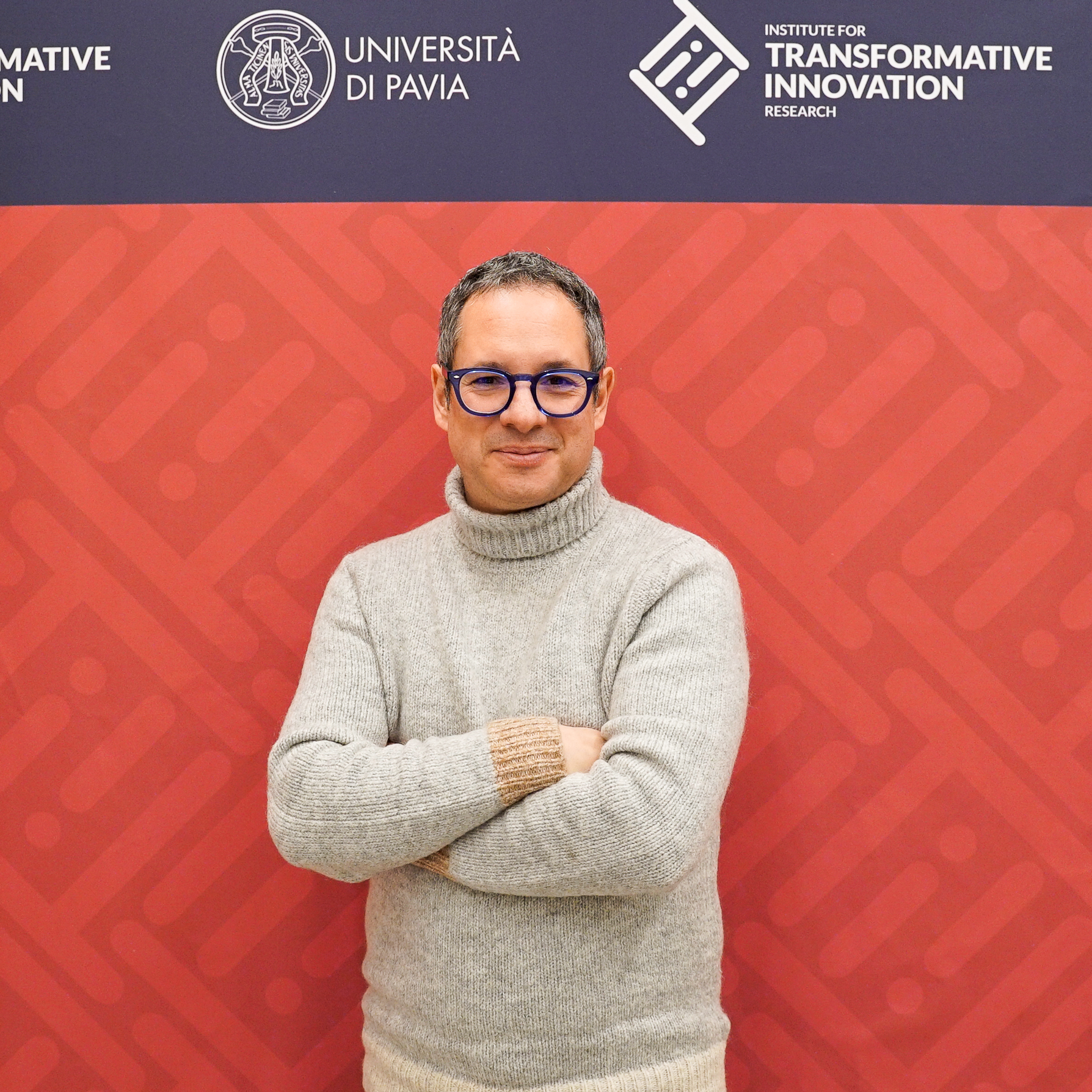
Stefano
Denicolai
- Professore ordinario di Innovation Management, Università di Pavia
- Università di Pavia
- stefano.denicolai@unipv.it Copia indirizzo email
Listen to other voices
Discover other voices and new perspectives: biodiversity told by those who study it, protect it and make it known


